Data Intelligence for Business Leaders
3. December 2019
SDC Corporate Innovation Days 2019 - House of the Danish Industry Foundation, Huairou, Beijing
Millions are Wasted on failing AI Initiatives Every Year
“...companies exaggerate their use or results of AI by as much as 300%, and often only publicly reveal the AI initiatives that they think will reflect well with their customers. Most AI initiatives are failures, begun with no clear end in mind, or done entirely to appear “innovative”, and with little or no strategic value.”
Roman Jurowetzki, PhD
Assistant Professor in Innovation Studies and Data Science
technological change and many fun/side-projects Research
Research Language geek
🇩🇪 🇩🇰 🇬🇧 🇷🇺 🇪🇸Expertise
Natural Language Processing
Daniel Hain, PhD
Assistant Professor in Quantitative Methods and Industry Dynamics
economics of technological change Research
Research What I do
Mapping, understanding, forecastingObseesed with
network & system analysis
Some of the things we do
Projects
with policy makers & industry.Teaching
students, researchers, and professionals in applied ML & AIResearch projects
ML&AI - mainly in IP intelligence (patents), winner of OECD/EUIPO Big Data analytics challangeBuilding communities
around ML best-practiceEU - China research
research projects on AI ecosystem mappingOur students
“AI consultants” in companies for final projects on the Social Data Science programme
MSc - Social Data Science Programme
6 months Master Specialization
in applied Machine Learning & AI for business and social science students
Some numbers
- 1st year 30 students
- 2nd year 60 students
- one of the largest master programmes at AAU SAMF
Engineering approach to problem solving
Structure
- Applied ML
- Working with unstructured data (Networks & Natural-Language-Processing)
- Deep Learning and AI
- Company project
Outline - Getting started with ML&AI in your company
The process we’ve experienced in several companies and what it needs to get started
- Understanding the technology (Supervised and Unsupervised ML)
- Identify ML&AI usecases
- Establishing a business case and ROIs
- Identifying key people and building a team
Creating and sustaining data literacy across the organization
How to start with AI!
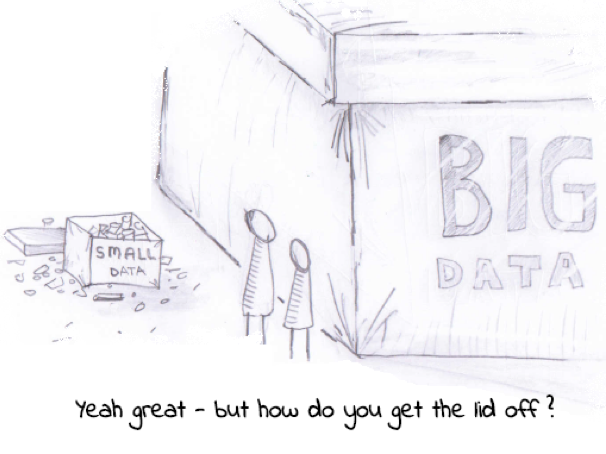
- Get an AI degree!
- Hire an AI wizard!
- Pick an awesome algorithm!
- Dive into the data!
- NOPE - Please don’t!
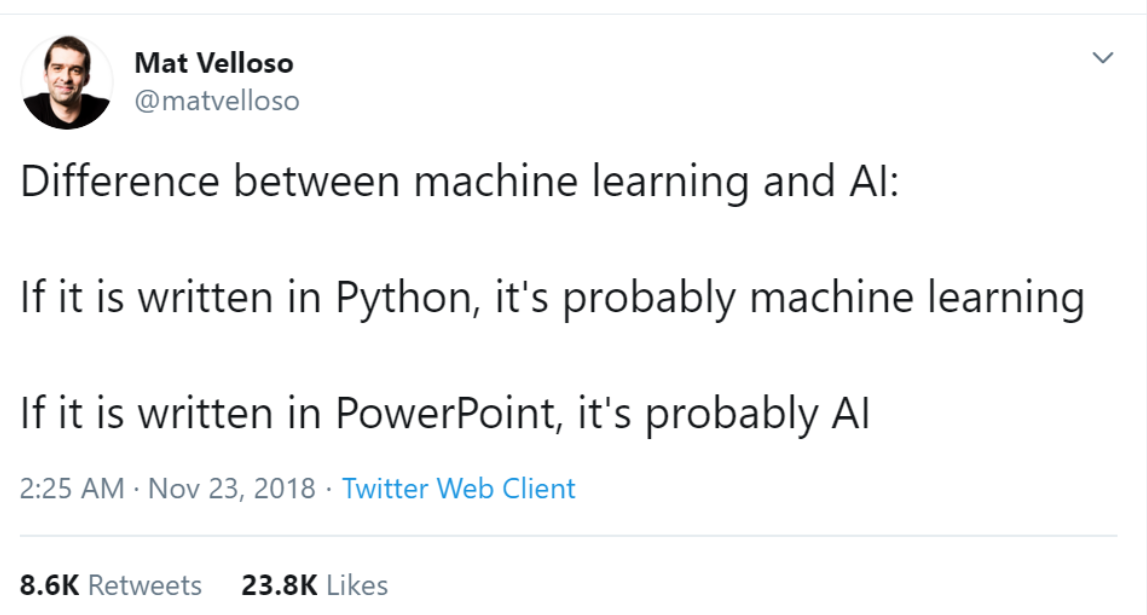
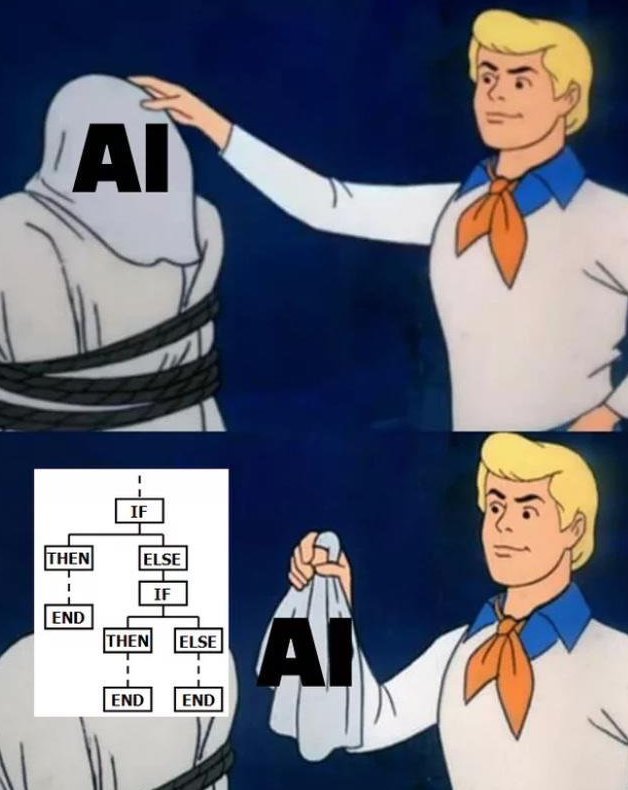
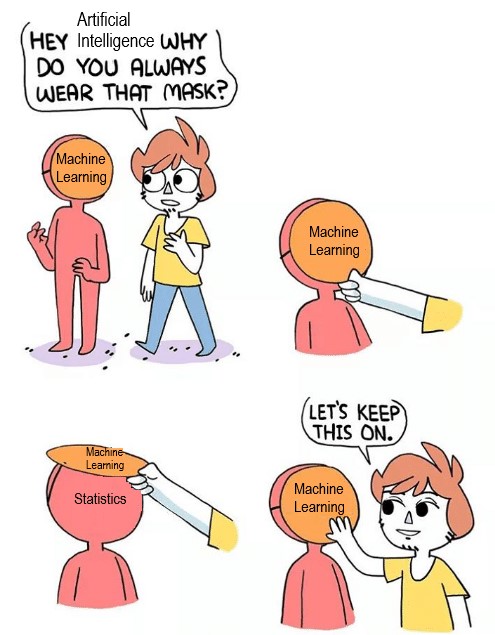
Defining some terms
Algorithm
In plain: Input ... MAGIC-BOX-OF-MAGIC ... OutputAI
Algorithms, where the magic produces outputs we consider intelligent.Data Science
Academic/Professional discipline dealing with establishing ML processes and communicating insights
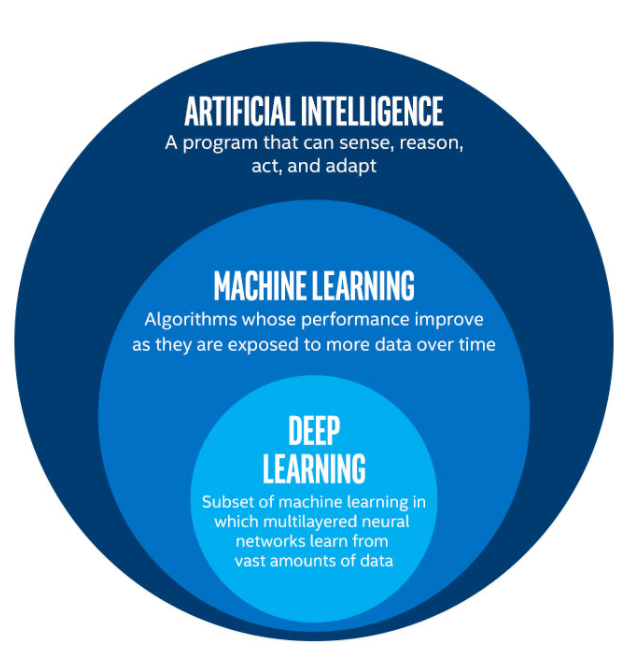

AI hype & FOMO
40% of European “AI startups” don’t use AI (EC report finds same in EU
Emerging technology
Everybody is excited, magical use-cases in the air.Overhype
in news science, business & technology reportingMisinformation
e.g. MMC report : 40% of EU AI startups don't use AI (EC report finds same in EU).Mystification
simple/trivial use-cases portrayed using obscure terms.

Supervised vs. Unsupervised ML
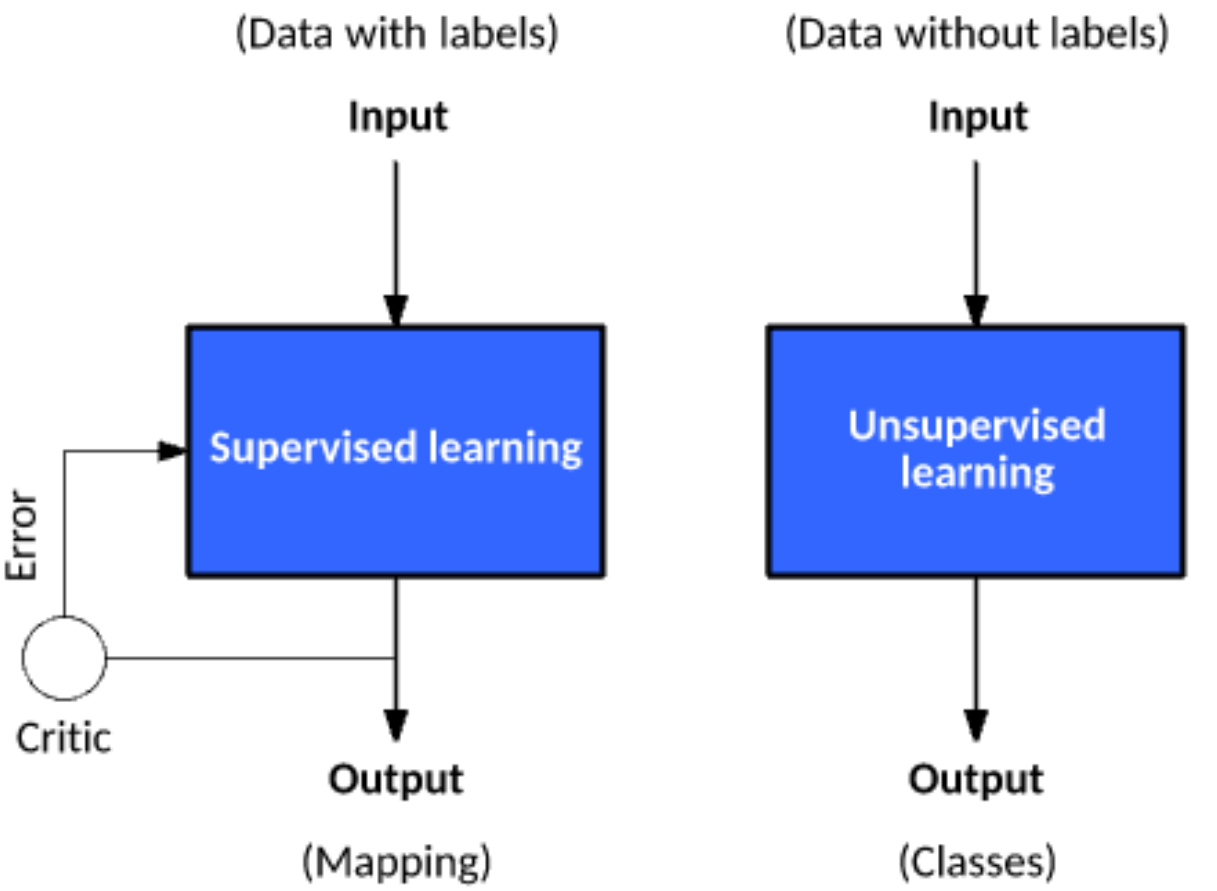
Supervised ML (in 95% of cases)
- We have some 5k “friends” on a remote island that do tasks for us. They are specialized on labeling stuff.
- They speak a native language, so we can’t talk. We can only teach them by examples. When they look at enough, they eventually figure out how to label what.
- They make some mistakes, and need really a lot of examples to figure it out, but when they have, we can send them new stuff, and they label it for us.
What would you use our friends for?
How to think “predictive”?
Some simple steps:
- Can we reframe the problem as a prediction task?
- Is this task trivial and can be well designed by simple rules?
- Do we have a reasonable amount of historical input-output data?
- Is the outcome of interest well defined and measurable?
- Is it reasonable to believe that the outcome of interest can be inferred from the input (signal/noise ratio)?
- Is this data available in an accessible manner? Can input be mapped to the corresponding output? Is the input available at the point we need it?
- Can it be used to improve a well-defined metric of interest?
- Baby food ingredient: safe or spoiled?
- Patient: ideal medication dosage?
- Email: spam or ham?
- Recorded phone call to call center: issue topic?
- Bottle of wine: will I like it or not?
- Stock: tomorrow’s price?
- Transaction: legitimate or fraudulent?
- Machine: when will it need maintenance?
- Inventory: when to restock?
Your turn: Spot prediction problems
Process
- Logistics?
- QM?
- Customer Care?
Product
- Toothbrush?
- Windmill?
- Running shoes?
- Kitchen stuff?
Service/Finance
- Dating?
- Insurance?
- Fund Management
Predictive Tasks: Industries & applications
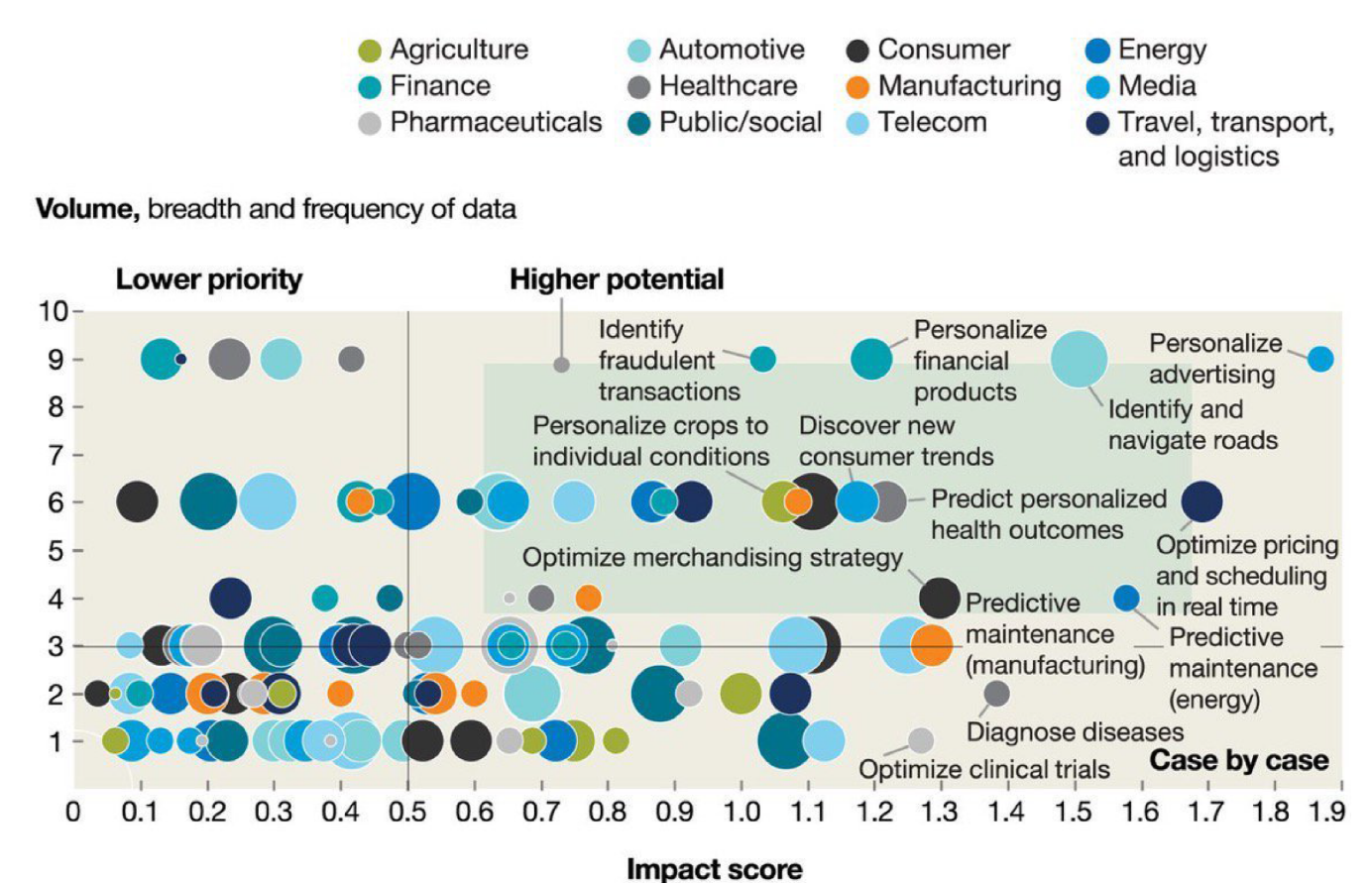
Unsupervised learning
Nothing to do with machines running around without adult supervision
Unsupervised learning

Unsupervised learning

Data Driven vs. AI driven
Are you a data driven company?“Many people only use data to feel better about decisions they’ve already made.”

- What is the business aim and what do you expect the data to tell?
- Set your decision criteria before the analysis?
- Review: 4.2: More than 4 but less than 5?
Ready for ML&AI?
If you check all with yes, your are probably data-driven. If not, don’t introduce ML&AI until you are.
- Is relevant data gathered on a routine basis, and made accessible throughout the organization?
- Is it used to create KPIs, which are continuously monitored.
- Are important decisions made based on relevant data (vs. intuition)?
Getting started with AI
Your turn
Think about a cool ML&AI project in your industry to get started!
Pick your project
- Drones? Self driving cars?
- If you are not a data-company - consider starting with something that is familiar?
- Less sexy but you know the business application and can estimate ROIs
- Airbus: Looks at predictive maintenance instead of autonomous flying…
- Industrial companies have a huge advantage where it comes to data ownership
Setting up a team
Whom to hire?
Let’s imagine you can hire 10 people for your new data science team. What kind of people would you look for?


Who should be operating the microwave?
The ML-ops team
Full-stack data scientist:
with business/domain expertise (= DS unicorn): Extremely rare, hard to hire and retain.Data Analyst/BI:
Knows how to answer business questions with tabular workflows, probably a but of (inferential) statistics, and dataviz (diagrams & dashboards). Good starting point when not existing so far.Statisticians:
Help decision-makers come to conclusions safely beyond the data. Carry out inferential (why) analysis, inspect data for bias. Applied ML engineer: Trained in applying ML methods mainly to solve prediction tasks.ML systems enginer:
Trained in developing the tech infrastructure to bring models to production.(Academic) ML researcher:
Often trained in developing ML. Makes most sense when already having specific and demanding use-case.
Cases Product: StitchFix
- Stitch Fix, established in 2011 in San Francisco
- Collaboration between artificial intelligence (AI) and human stylists
- Unsupervised learning paired with similarity search.
- What are good combinations?
- What products can be used to create the combination or an alternative?
- Takes in customer profile and order outputs combination recommendations for the stylist
- Inventory management!
Cases Process: How ML Keeps Shelves Stocked at Home Depot
Shelfout prediction:
not Out-of-stockROI
having full shelves? - They experimented.Building the model:
What could cause stuff not to be in the right shelve (collaborative effort)Result:
A system warning stockers
Cases Service: Chatbot use at Ryanair
Most people want to know trivial things
How much cabin luggage can I carry? What items are allowed in checked in luggage? What items are allowed in checked in luggage?- A less well known function of a chatbot is to classify requests into those that the chatbot can handle and those that require human support.
- Preselection allows to free up support to help with “real issues”
The AI getting-started Checklist
Cassie Kozyrkov
Head of Decision Intelligence, Google.
![]()
Correct delegation
Does the person in charge understand your business?Output-focused ideation
Can you explain the system’s outputs and their value?Appropriate task for ML/AI
Ar you automating many decisions/labels?Reasonable expectations:
Can you live with imperfection?Enough examples:
Is the amount of data you have is enough to learn from?Team:
Are you sure, you can assemble a team with the necessary skills?Ground truth:
Do you have access to outputs?
